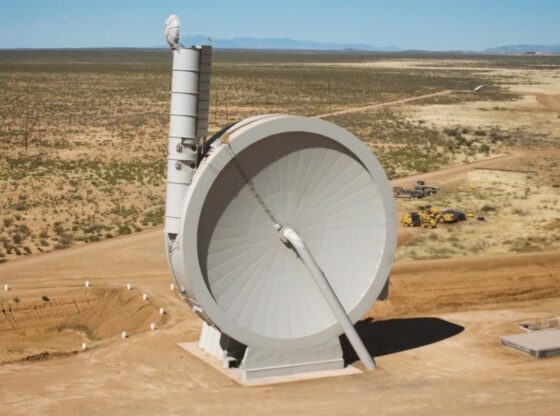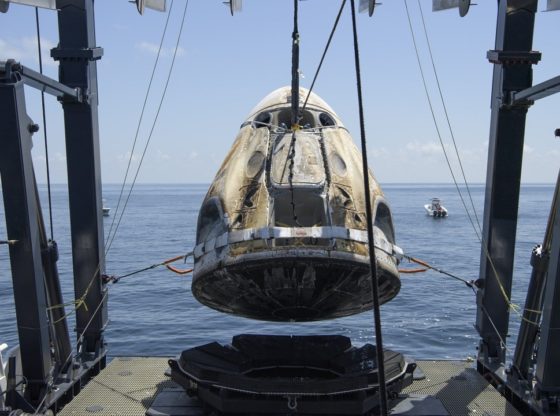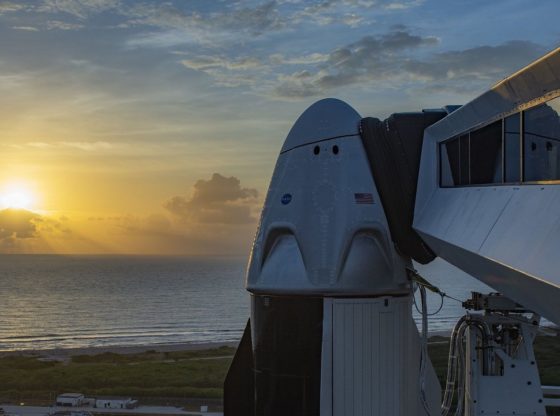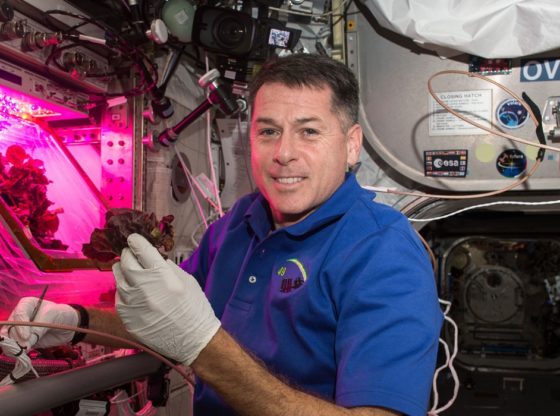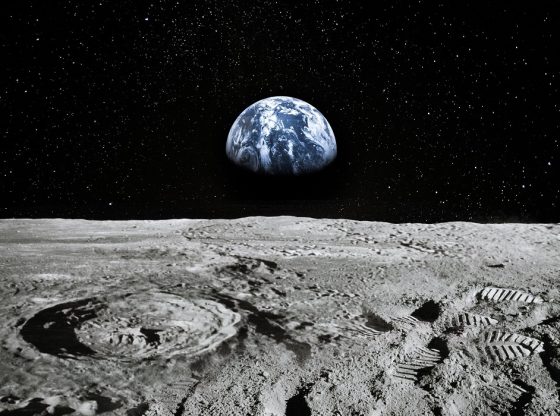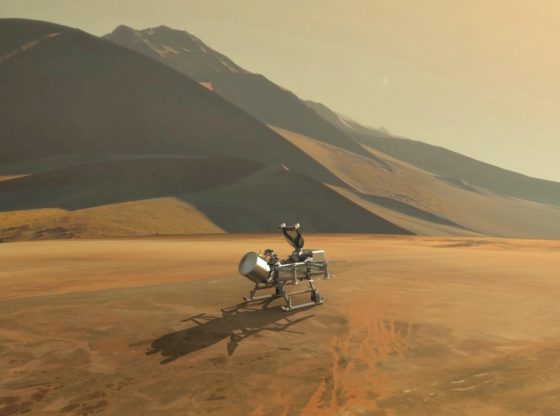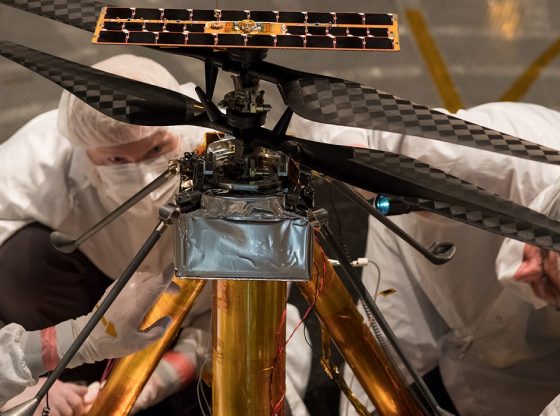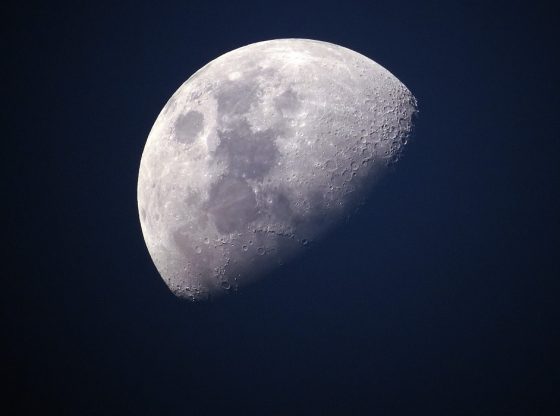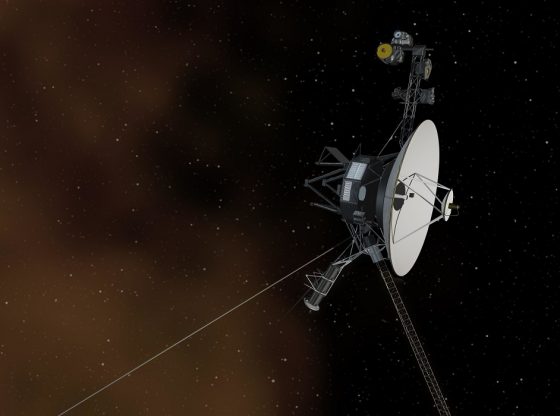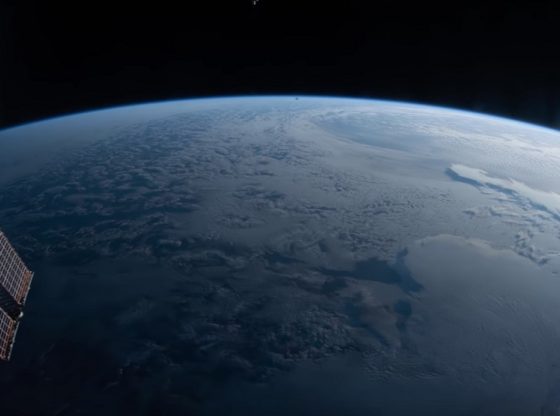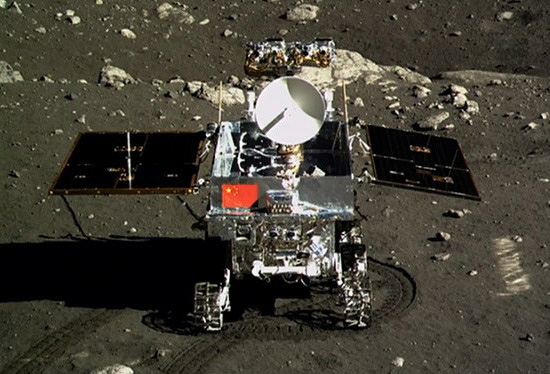
China launched its “Yutu” (Jade Rabbit) last week. Yutu is a small rover that will become the sixth man-made vehicle on the moon when it lands in a few weeks.
Rovers on the Moon: Tradition Renewed
It is also the first rover to land in a long time indeed, with no landers returning to the moon since the 1970’s. In Chinese folklore, Yuto is a rabbit that lives on the moon. Once upon a time based on the markings seen on the moon, that looks like a rabbit.
It will take the Chang’e-3 lunar probe an estimated travel time of about two weeks to reach the moon and if everything goes as it should it will be the first moon landing to occur since 1976 when the Soviet Union landed a stationary lander.
China will also become the third country in history to have landed on the moon, after The U.S and Russia (The Soviet Union).
A History of Moon Rovers
Yutu follows in the wake of several other rovers, the Soviet’s Lunochod 1 was the first rover to land in 1970, it was then followed by the U.S first LRV (Lunar Roving Vehicle) which landed together with Apollo 15 in 1971.
Then the year after Apollo 16 and 17 had their respective LRV’s and in 1973 the Soviet Union landed a second Lunochod rover. All rovers from the 70’s are still standing on the moon and collecting moon dust.
For NASA, the burst of moon exploration really occurred in the 1970s following the first moon landing by Neil Armstrong and Buzz Aldrin in 1969. But since then the moon’s appeal waned in favor of robotic and telescopic exploration of planets and asteroids within and beyond our solar system.
Chinese Moon Endeavor and Future Ambitions
The Chinese lander “Chang’e 3” will land at Sinus Iridum (Rainbow Bay). This is an area several thousands of kilometers from the previous U.S. and Soviet landing sites. Yutu should then be able to roll out and explore an area of about three square kilometers (1.15 square miles).
According to the Shanghai institute who designed the vehicle, it can handle slopes up to 30 degrees. It has a top speed of a modest 0.2 kilometer per hour (0.12427mph). It weighs 120 kilos (265 pounds) and is 1.5 meters tall (3,3 feet), it can transmit live video, dig, and perform soil analysis.
China established its first foothold in space in 1970 when a small satellite beamed back an ode to Mao Zedong. China then began to develop bigger plans for the 1980s and forward, as the Chinese economy continued to grow. and in 2003 they sent their first astronaut into space and has since then carried out four more manned missions to space.
China then plans to launch another lunar probe and rover in 2017. These would be a part of an ambitious plan to first land the probe on the moon, then release a rover that collects moon dust, the rover would then return to the probe, and the probe would then return to the Earth.
China also plans to build a space station (The CSS), to be completed around 2020 and its first manned missions to Mars in the 2030s and 2040s.
______________
http://www.xinhuanet.com/english/special/change3/
____________________________

